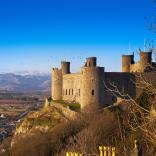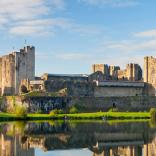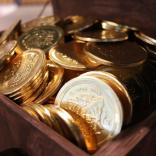About Skomer Island Nature Reserve
Guillemots, razorbills and puffins soar purposefully up to the cliff, while fulmars slide serenely along the currents of air. Flurries of kittiwakes circle like eddying snowflakes, and the repetition of their urgent cries harmonizes into something almost musical. In the cloistered stillness the air shimmers with the sound of wings, and strident seabird calls echo against rock and water.
Even with so much to see, there is yet another layer of the island’s wildlife that remains hidden. Though the burrows honeycombing the island’s surface are clearly visible, it is hard to visualise the thousands of birds
It is only the return of the adult puffins with beaks full of fish glinting like metallic rainbows that signals the hatching of the eggs deep inside the burrows. By the time the puffin chicks have hatched in May the island is inundated with flowers and their smell saturates the air. Beginning as a faint, bluish mist drifting into the distance, the dense indigo wash of bluebells quickly floods across gentle slopes, making one of the most spectacular displays of wild flowers to be found in Britain.
The night time is still more dramatic as tens of thousands of nocturnal Manx shearwaters return to their burrows, skimming the air like half-seen shadows and tumbling clumsily to the ground. With so many birds all calling at once, the intensity of their discordant cries smothers the island in a blanket of noise.
Atlantic grey seals can be seen at any time of year, meandering languidly with their noses above the water, or basking on their favourite offshore rocks at the Garland Stone, where their high-pitched wails drift up to the cliff top. In late summer, when most of the seabirds have left, they gather in growing numbers around the island. When the storms arrive they come onshore, crowding so closely together that their dappled-grey bodies, sleek as sea-smoothed boulders, make patterns like mosaics of stone. Most come just to rest from the turbulent sea, but some find enough shelter, in caves or on beaches, to give birth to their fragile-looking, white pups.




